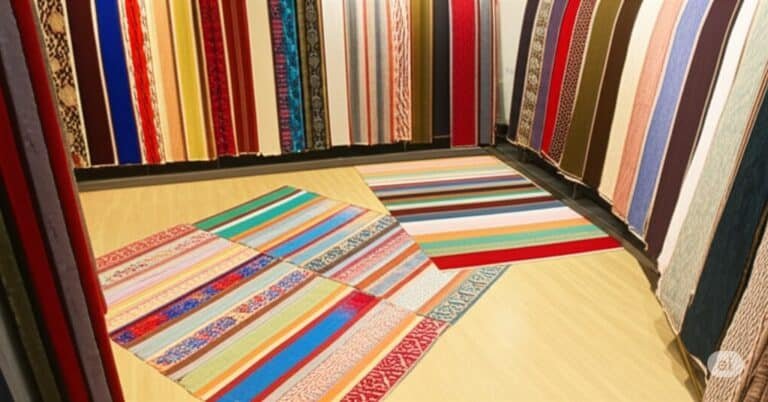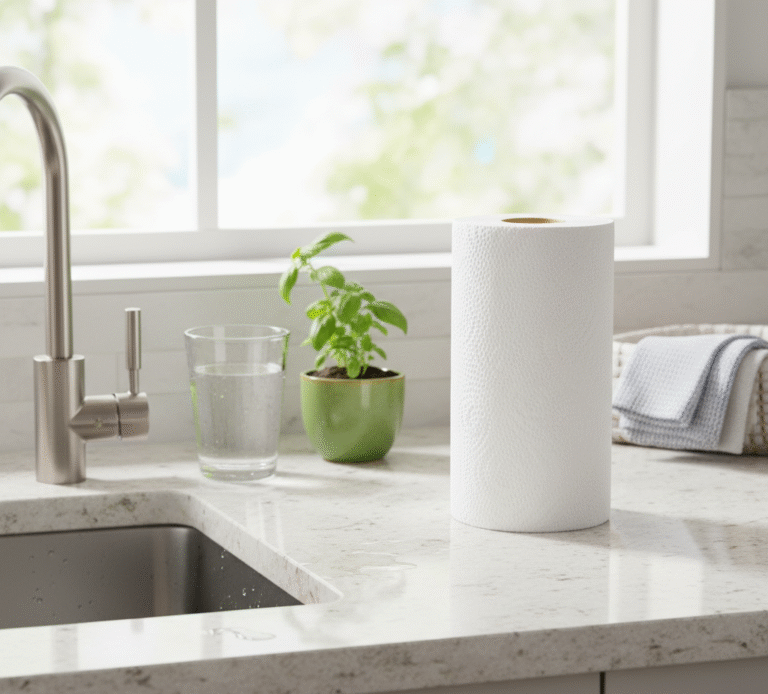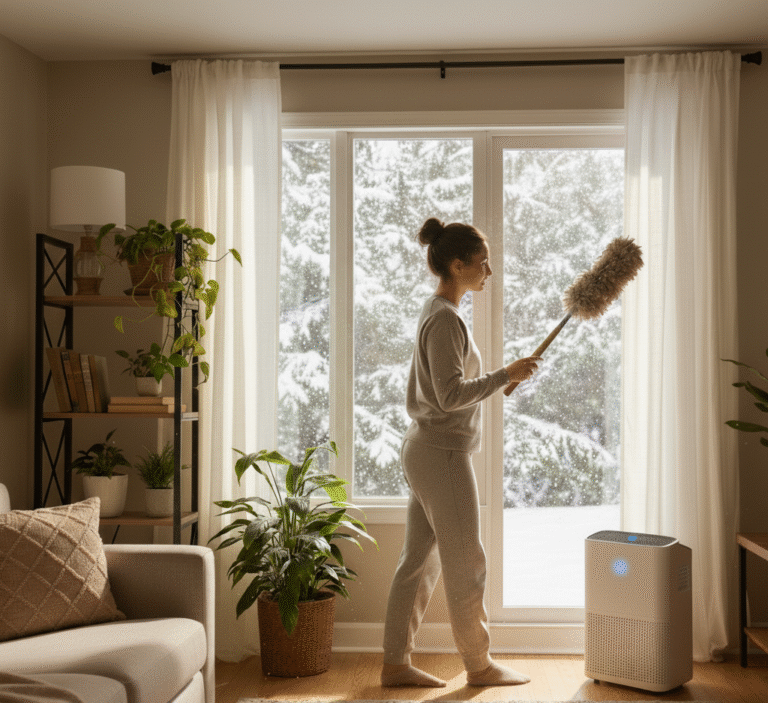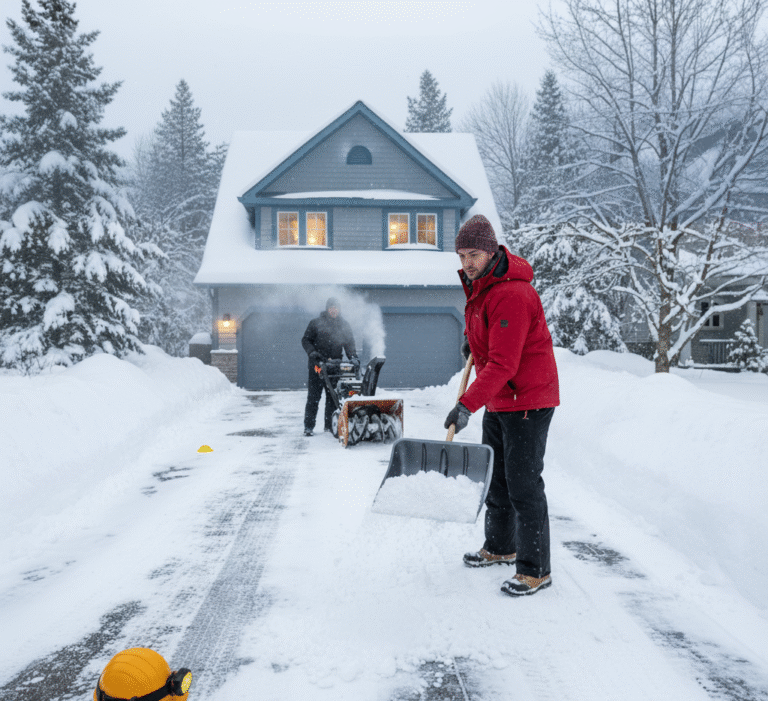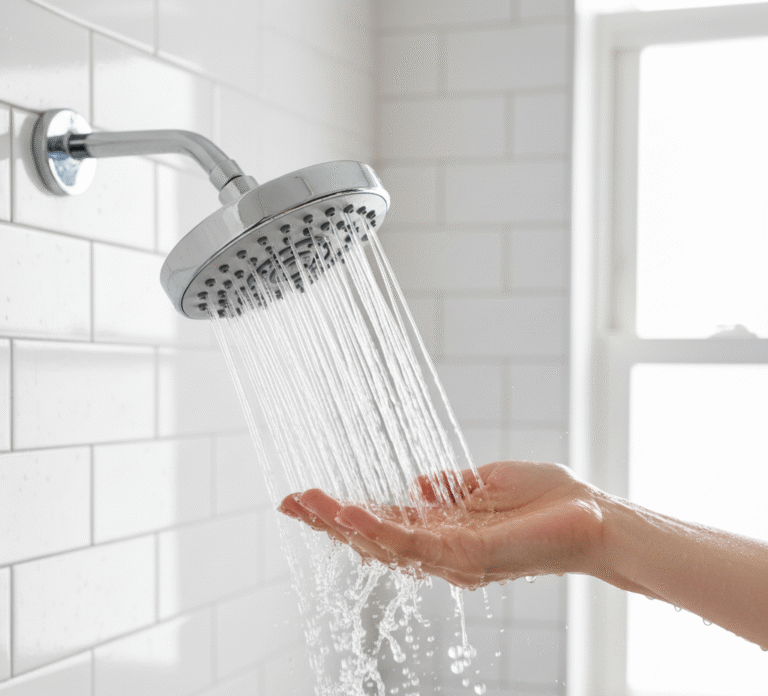Cleaning carpet effectively depends heavily on the material they are made from. Different fibers react uniquely to cleaning methods and solutions.
1.Synthetic Carpets (Nylon, Polyester, Olefin/Polypropylene)
Synthetic carpets are popular due to their durability and stain resistance. Nylon is very resilient, polyester is known for its softness and inherent stain/fade resistance, and olefin (polypropylene) is moisture and mildew resistant, often used in basements or outdoors. Regular maintenance for all synthetic carpets begins with frequent vacuuming. Use a vacuum cleaner with a beater bar or rotating brush to agitate the fibers and lift embedded dirt. Aim to vacuum high-traffic areas daily or every other day, and the entire carpeted area at least twice a week. This prevents dirt particles from grinding down the fibers over time. For spills on synthetic carpets, prompt action is crucial. First, carefully scoop up any solids with a dull knife or spoon. Next, blot liquids immediately with a clean, white absorbent cloth or plain white paper towels. Start blotting from the outside of the spill and work inward to prevent it from spreading. Avoid rubbing, as this can damage the fibers and push the stain deeper. Continue blotting until no more moisture is transferred to the cloth.
After initial blotting, prepare a cleaning solution. A simple mixture of a quarter teaspoon of mild, non-bleach dishwashing liquid with one cup of lukewarm water is often effective for general spills. Before applying any solution to the stain, always test it on an inconspicuous area of the carpet, like inside a closet or under a large piece of furniture, to ensure it doesn’t cause discoloration or damage. Apply a small amount of the tested solution to a clean cloth, not directly onto the carpet. Gently dab the stained area with the cloth, working from the outside in. Allow the solution to sit for a few minutes to break down the stain. Then, blot the area again with a clean, dry cloth to absorb the solution and the loosened stain. Repeat this process if necessary.
Once the stain is removed, rinsing the area is important to remove any detergent residue, which can attract more dirt if left behind. Lightly mist the cleaned area with plain cool water using a spray bottle. Be careful not to overwet the carpet. Blot thoroughly with a clean, dry cloth to remove the rinse water. Finally, cover the damp area with a thick layer of clean white paper towels or a dry cloth, weighted down with a heavy, non-staining object. Leave this overnight to absorb any remaining moisture. Once dry, vacuum the area to restore the pile’s texture. For tougher stains like grease, ink, or wine, specific stain removers designed for synthetic carpets may be needed. Always follow the product instructions carefully and test first.
For deep cleaning synthetic carpets, hot water extraction, also known as steam cleaning, is generally the most effective method. You can rent a machine or hire a professional service. If doing it yourself, first vacuum the carpet thoroughly. Pre-treat any heavily soiled areas or stubborn stains according to the machine and cleaning solution manufacturer’s instructions. Prepare the machine with hot water and the appropriate cleaning solution formulated for synthetic carpets. Work in sections, slowly pulling the machine over the carpet to release the solution and then extract it along with the dirt. Avoid overwetting the carpet by making multiple dry passes to extract as much water as possible. After cleaning, ensure good ventilation by opening windows or using fans and a dehumidifier to speed up drying, which usually takes 6 to 12 hours, or sometimes longer.
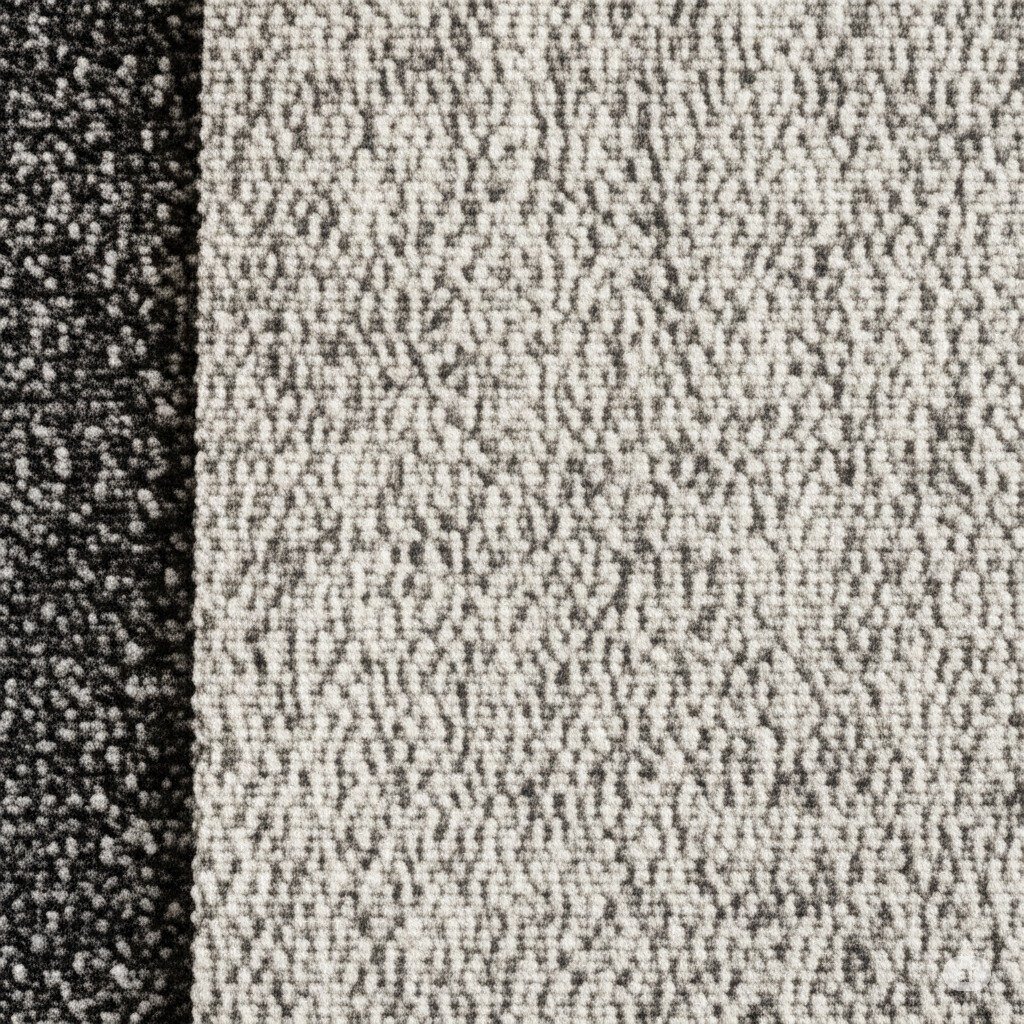
2.Wool Carpets
Wool carpets are a natural fiber known for their luxurious feel, durability, and natural soil resistance. However, they require more delicate care than synthetic carpets as they are sensitive to harsh chemicals, high pH levels, excessive moisture, and aggressive agitation.
Regular vacuuming is essential for wool carpets. Use a vacuum cleaner with strong suction. If your vacuum has a beater bar, set it to the highest pile setting or use a suction-only attachment, as aggressive beater bars can damage wool fibers, causing them to fuzz or pill. Vacuum at least once or twice a week, more often in high-traffic areas.
When spills occur on wool carpets, immediate attention is vital. Wool is absorbent, so quick action can prevent a spill from becoming a permanent stain. Gently scrape up any solids. Blot liquids immediately with a clean, white absorbent cloth or paper towels. Press down firmly but avoid rubbing. Work from the edges of the spill toward the center.
For cleaning solutions, only use products specifically designated as “WoolSafe” or pH-neutral cleaners. Alkaline detergents (high pH) or those containing bleach can damage wool fibers, causing yellowing or weakening. Test any cleaning solution in an inconspicuous spot first. Apply a small amount of the wool-safe cleaner to a clean cloth, not directly to the carpet. Gently blot the stained area. Do not scrub. Allow the cleaner to work for a few minutes. Then, blot with a clean, damp cloth to “rinse” the area, using minimal water. Follow this by blotting with a dry, absorbent cloth to remove as much moisture as possible. Overwetting wool can lead to browning, mildew, or shrinkage.
Drying a cleaned wool carpet area thoroughly and quickly is very important. Use fans or a dehumidifier to circulate air and speed up the drying process. You can also place a thick towel over the damp spot and weigh it down to absorb residual moisture. Avoid applying direct heat, like from a hairdryer on a hot setting, as this can damage the fibers.
For deep cleaning wool carpets, professional cleaning is often the safest and most effective option. Professionals experienced with wool will use appropriate low-moisture methods and wool-safe cleaning solutions. If you choose to deep clean yourself, ensure the equipment and cleaning solutions are specifically designed and safe for wool. Methods like dry foam cleaning or low-moisture hot water extraction with minimal water and rapid drying are preferred over traditional steam cleaning, which can introduce too much moisture.
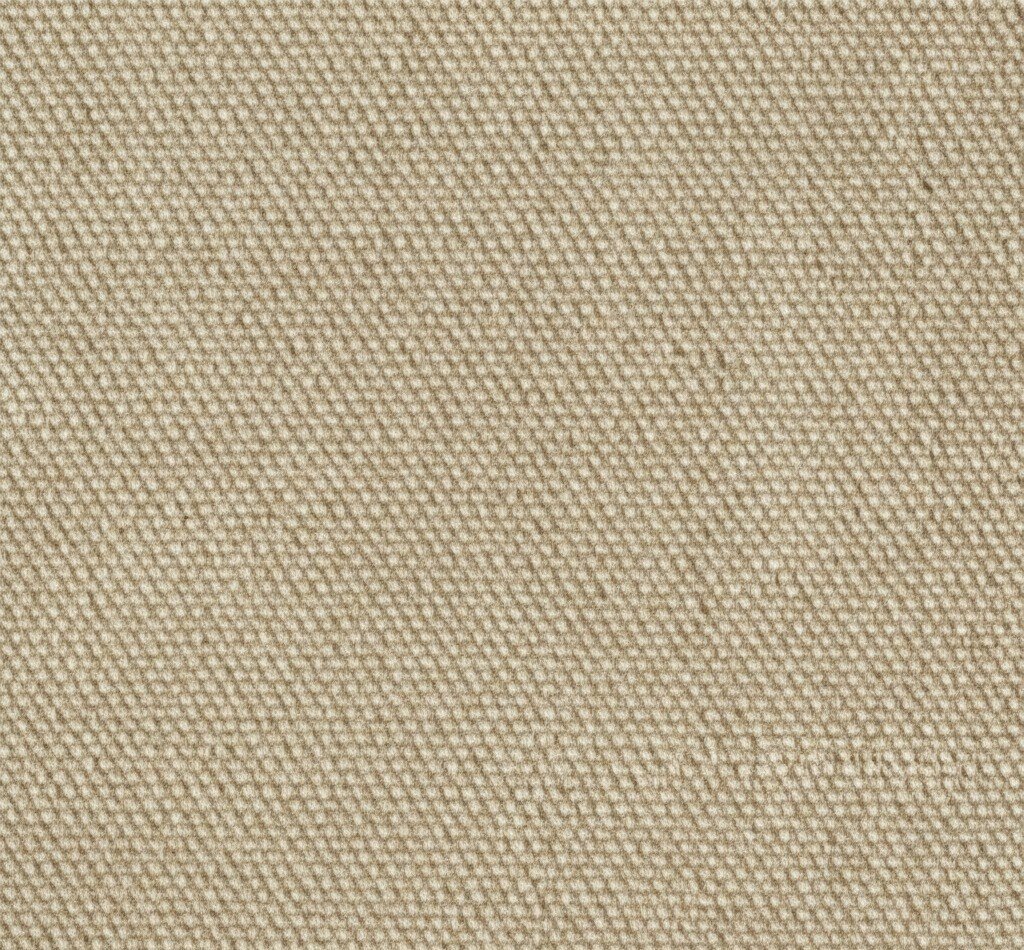
3.Cotton and Viscose Carpets/Rugs
Cotton and viscose (also known as rayon or artificial silk) are fibers often found in area rugs. Cotton is soft and absorbent but can shrink, brown, and is prone to color bleeding. Viscose is known for its silk-like sheen and softness but is extremely delicate when wet, losing up to 50% of its strength and becoming prone to texture distortion, yellowing, and browning.
Regular vacuuming for cotton or viscose rugs should be done with a suction-only vacuum cleaner or with the beater bar disengaged or on the highest setting to prevent fiber damage, especially for viscose. Vacuum gently and regularly to prevent dirt accumulation.
Spot cleaning cotton or viscose rugs requires extreme caution. Due to their absorbent nature and sensitivity to moisture, spills should be addressed instantly. Blot up liquids immediately with a clean, white, absorbent cloth. Scrape off solids gently. A crucial first step before applying any cleaning solution is to perform a colorfastness test in a very hidden area. Apply your chosen cleaner, let it sit for a moment, then blot with a white cloth. If color transfers to the cloth, do not proceed with that cleaner.
For cleaning, use a pH-neutral cleaner, highly diluted, or a specialized cleaner for delicate fibers. Apply the absolute minimum amount of solution with a slightly damp cloth, never saturating the fibers. Blot gently; do not rub, as rubbing can damage viscose fibers and cause cotton to pill. “Rinse” by blotting with a cloth lightly dampened with plain water, again using minimal moisture. Dry the area immediately and thoroughly. Use fans, a hairdryer on a cool setting, or a dehumidifier. For viscose, it’s crucial to blot in the direction of the pile and try to groom it back into place while drying to prevent matting or texture changes. Sometimes, for certain stains on these delicate fibers, a dry-cleaning solvent might be a safer option than water-based cleaners.
Deep cleaning for cotton and particularly viscose rugs is best left to professional cleaners who specialize in delicate, natural fiber rugs. They can employ very low moisture cleaning methods or specialized dry cleaning techniques. Avoid steam cleaning or any wet cleaning method for viscose rugs, as this often leads to irreversible damage. Cotton rugs might tolerate gentle handwashing with cold water and mild detergent if the label permits, but be prepared for potential shrinkage and ensure very thorough, quick drying.
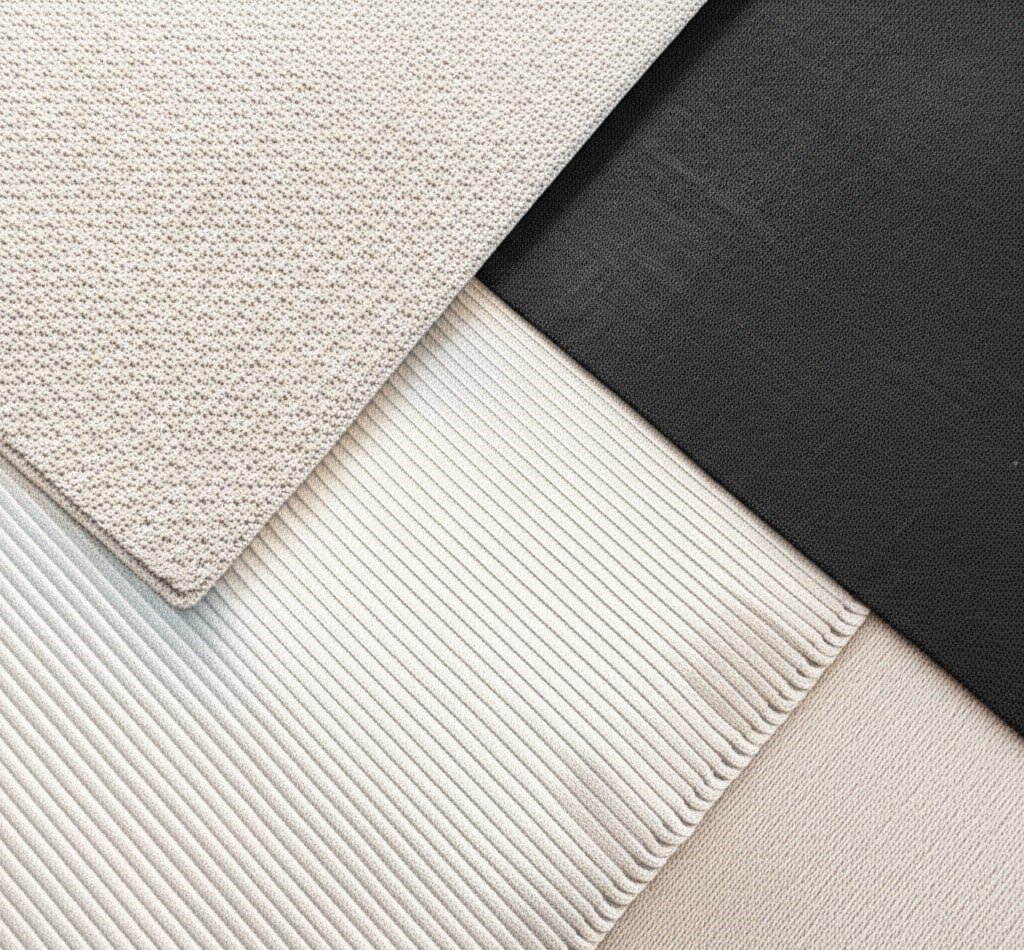
4.Natural Plant Fiber Carpets (Sisal, Jute, Seagrass, Coir)
Carpets made from plant fibers like sisal, jute, seagrass, and coir offer a natural, textured look. However, these fibers are highly absorbent and extremely sensitive to water. Moisture can cause them to brown, develop water stains, shrink, expand, or become brittle and weak. Mildew can also be an issue if they remain damp.
Regular vacuuming is the primary cleaning method. Use a suction-only vacuum cleaner, as beater bars can damage the woven texture and fibers. Vacuum frequently, at least twice a week, from different directions to remove dirt and grit trapped within the weave. For sisal rugs with a tight weave, a brush attachment can help loosen dirt.
When dealing with spills on plant fiber carpets, immediate action is critical to prevent staining and damage. For liquid spills, blot immediately and thoroughly with clean, white absorbent cloths or paper towels. Press firmly to absorb as much liquid as possible. Do not rub. For solid or semi-solid spills, gently scrape away the material with a dull knife or spatula.
Water should be avoided as much as possible. If a cleaning solution is absolutely necessary for a stain, opt for a dry-cleaning solvent specifically designed for carpets or a dry carpet cleaning powder. Test any product in an inconspicuous area first. If you must use a water-based cleaner for a very stubborn spot (and this is a last resort), use an absolute minimum amount of a pH-neutral, mild detergent solution, applied with a barely damp cloth. Blot the spot gently; do not saturate it. Immediately after, dry the area thoroughly and quickly. Use a hairdryer on a cool or warm (not hot) setting, or position fans to blow directly on the area. Water stains are very common and extremely difficult to remove from these fibers once they set. Sometimes, a very light misting of distilled water over an entire water-stained area, followed by immediate, thorough blotting and rapid drying, can help even out a water ring, but this is risky.
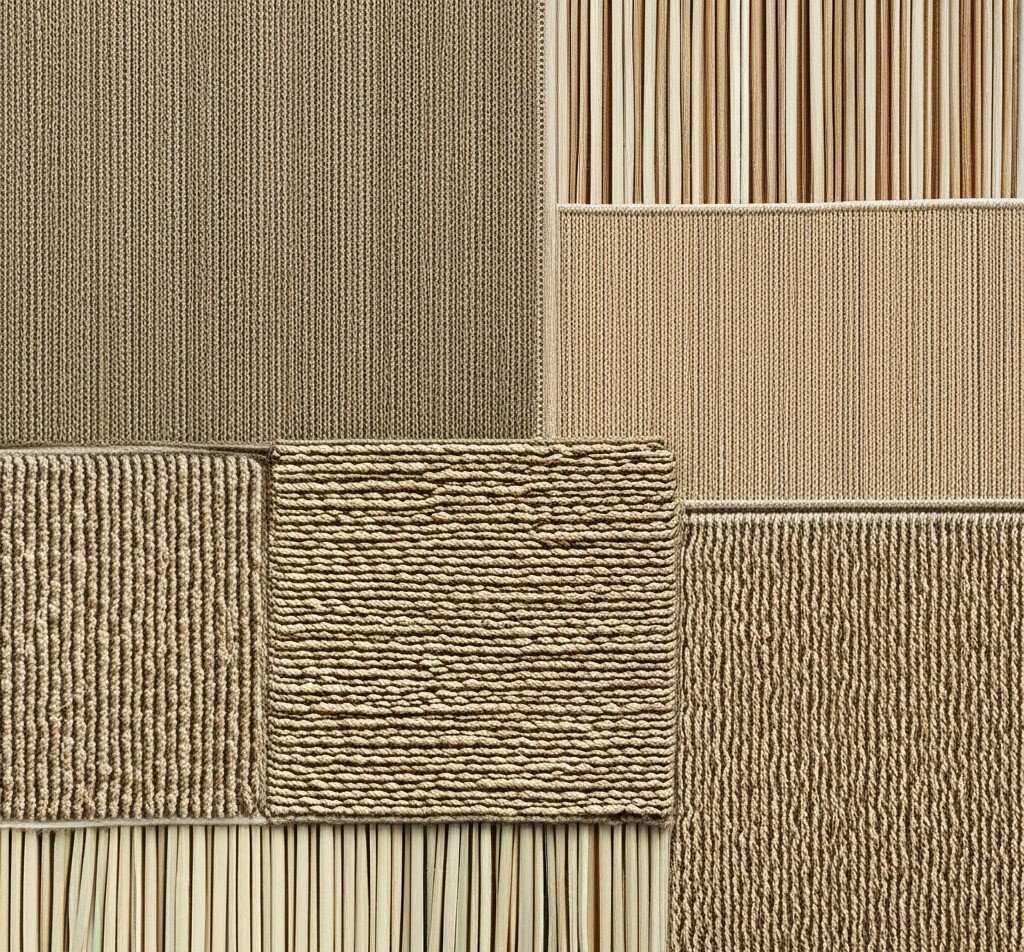
For general or deep cleaning of plant fiber carpets, dry methods are strongly recommended. This can involve using a dry carpet cleaning powder. Sprinkle the powder over the carpet, gently brush it into the fibers according to product instructions, let it sit for the recommended time to absorb dirt, and then vacuum it up thoroughly. Professional cleaning is advisable for heavily soiled plant fiber carpets, ensuring the cleaner specializes in these delicate, water-sensitive materials and uses appropriate dry-cleaning or very low-moisture techniques. Avoid steam cleaning or any method that involves significant amounts of water.
Understanding your carpet’s material is the first step to effective and safe cleaning. By using the right techniques for regular maintenance, spot treatment, and deep cleaning, you can keep your carpets looking their best for longer.
Maintaining various carpet types, from durable synthetics to delicate natural fibers like wool or sisal, requires specific approaches to vacuuming, spill removal, and deep cleaning to preserve their appearance and longevity. For a consistently clean and well-maintained home without the guesswork, consider the expert services of Toronto Shine Cleaning. We handle all carpet materials with the care and specialized techniques they deserve, ensuring a thorough clean every time.













